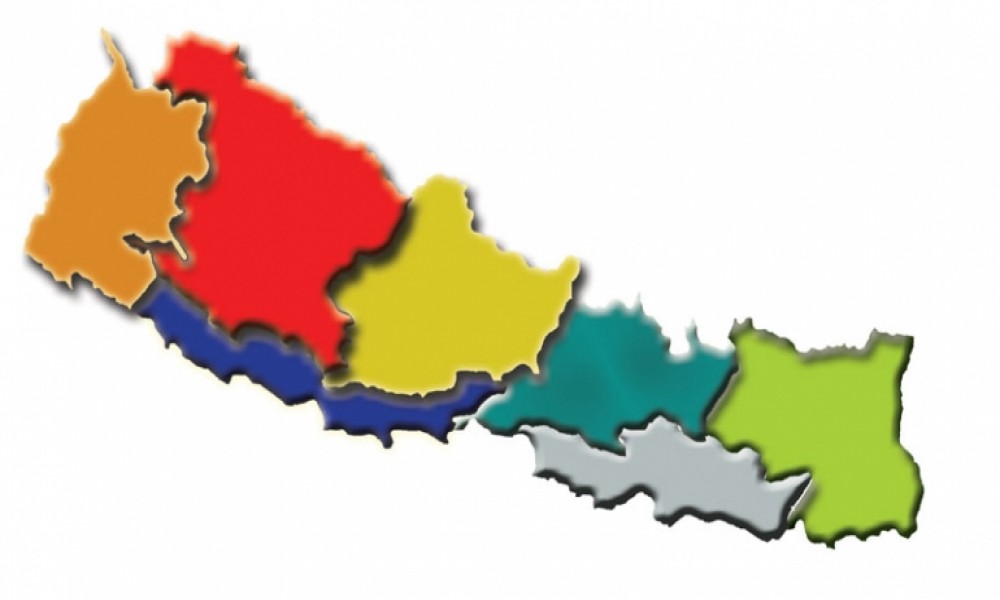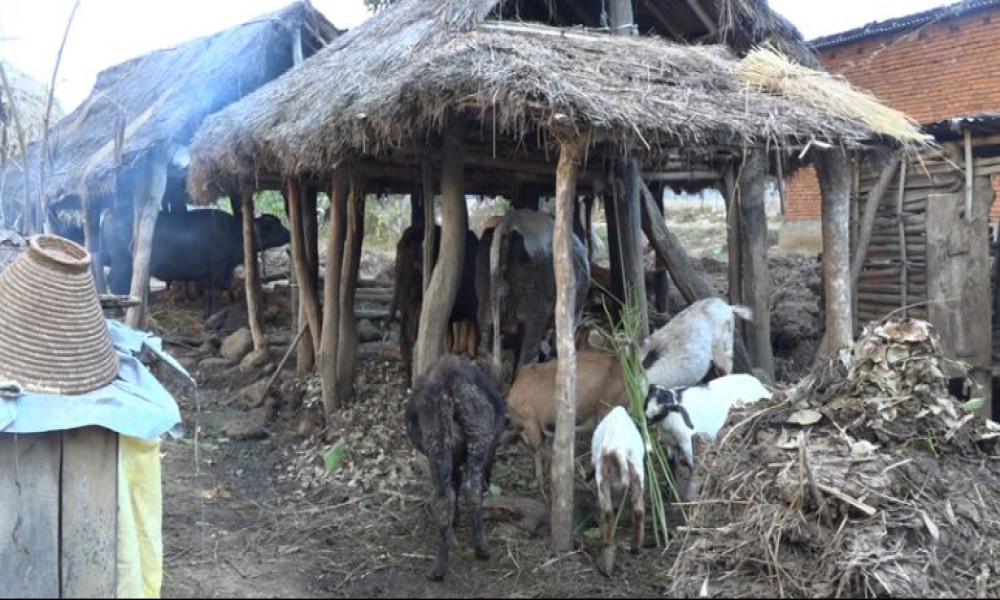Gita Chaudhary
Nepali journalists belonging to all castes and ethnicities are organized under Federation of Nepalese Journalists (FNJ). As an umbrella organization, the FNJ aims to safeguard rights of journalists and advocate for press freedom. Of late, it has also tried to make it more inclusive. Allocation of quotas for Janajati, Dalit and women journalists was an important step by it towards being an inclusive institution.
The FNJ has been reserving two seats for Janajati journalists since its 20th general convention. Nonetheless, journalists belonging to different indigenous communities have also formed their own associations. Rai, Limbu, Newar, Sherpa,Tamang and Tharu etc journalists have their own organizations. Why do Janajati journalists want to have their own associations despite being affiliated to the FNJ? Is it necessary? This is a question that needs to be debated.
Ganesh Rai, a journalist with Kantipur daily, is the founding President of Kirat Rai Journalists Association. When asked why he felt the need to from an association of Rai journalists, he said: "It was necessary to promote our identity, language, culture and existence through media."
Rai, Limbu, Newar, Sherpa,Tamang and Tharu etc journalists have their own organizations. Why do Janajati journalists want to have their own associations despite being affiliated to the FNJ? Is it necessary?
Other Janajati journalists echo Rai's view. They say they are a minority in the media and they need to be organized to be more influential. Associations of Janajati journalists have also taken initiatives to promote mother tongues of various ethnic groups through the media.
Journalists belonging to Tamang community formed Tamang Communication Group in 2008. At present, around 200 Tamang journalists are affiliated to this group. The group's former President and a member of Nepal Tamang Ghedung Pratik Tamang says: "We formed this organization to help Tamang journalists become more successful in journalism. We also aimed at bringing our issues to the fore through this undertaking."
The group has not only been organizing training workshops for Tamang journalists but also interactions between them and Tamang experts, intellectuals, social workers and politicians. "We are also planning to expand our branches," he says.
It is still in the grip of journalists belonging to hill Brahmin-Chhetri communities, and our say is very less in it. Some journalists reach the top posts in the FNJ through reserved quotas, but our proportional representation is not there
Tharu Journalists Association was registered at the District Administration Office of Kathmandu five years ago. The association's former President Binita Chaudhary says: "Ours is an alternative forum. We felt the need to set up an association of our own because it was impossible to promote our identity through the FNJ."
Lakki Chaudhary, another former President of the Association, says: "We not only raise issues of Tharu but all Janajati journalists. We also create constructive pressure on the FNJ to address issues raised by Janajati journalists."
A meeting of Magar journalists held in Kathmandu eight years ago decided to form Magar Journalists Society. Like associations of other Janajati journalists, the society also aims at building capacity of Magar journalists by organizing them and conducting several professional training programs.
Manoj Gharti Magar, a member of the society, says: "The FNJ is definitely the most influential umbrella organization of journalists. But it is still in the grip of journalists belonging to hill Brahmin-Chhetri communities, and our say is very less in it. Some journalists reach the top posts in the FNJ through reserved quotas, but our proportional representation is not there. So we need to have our own association."









